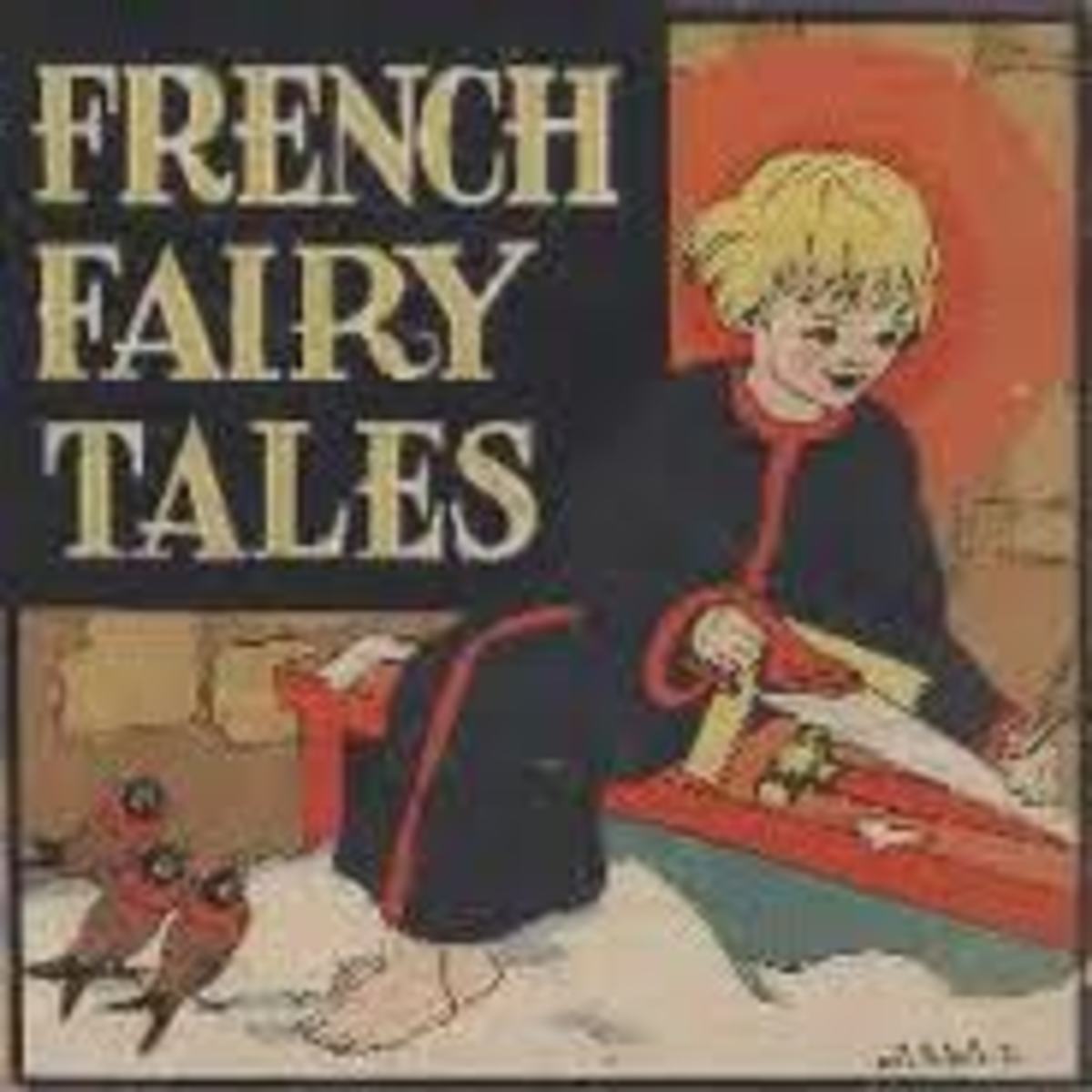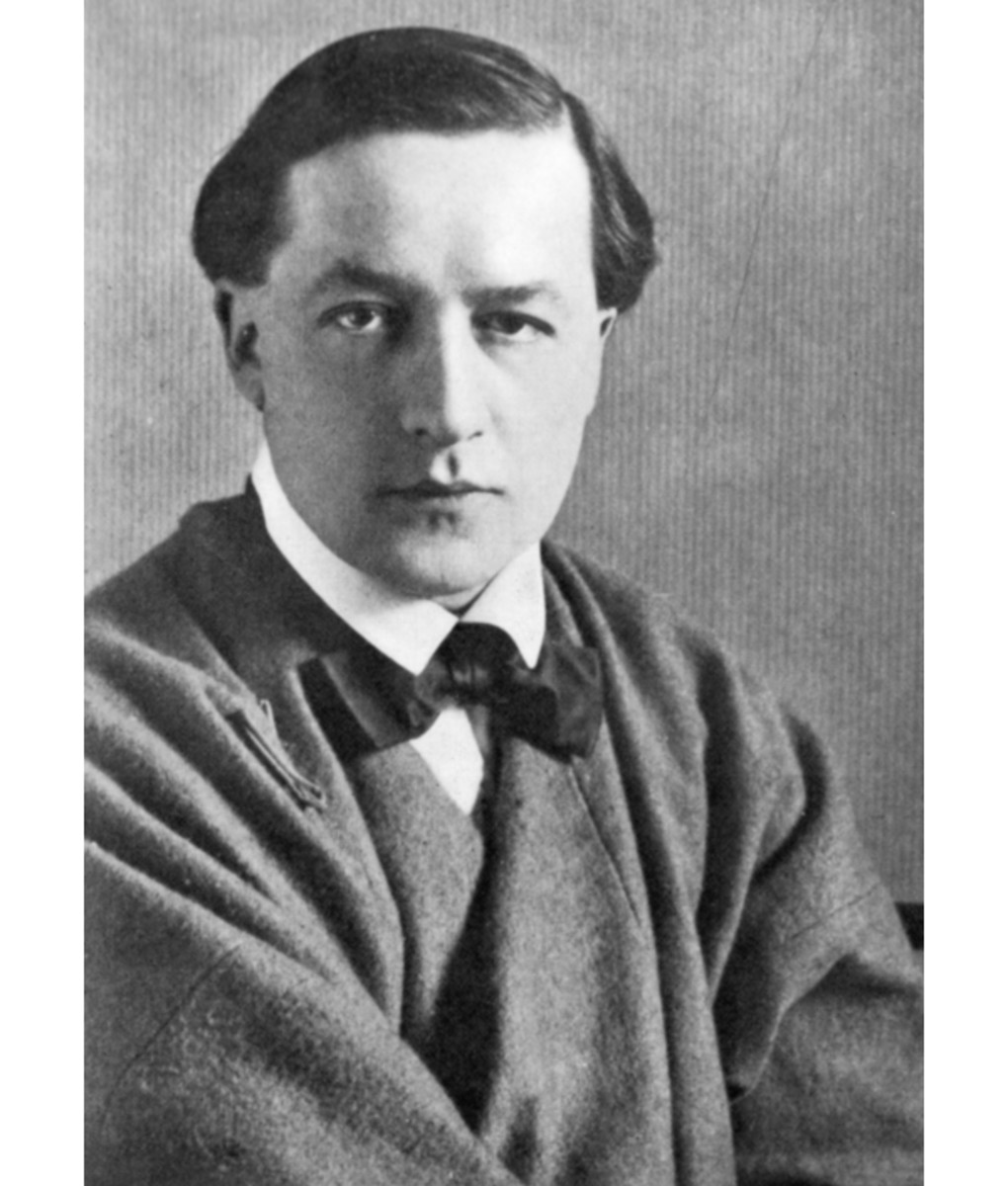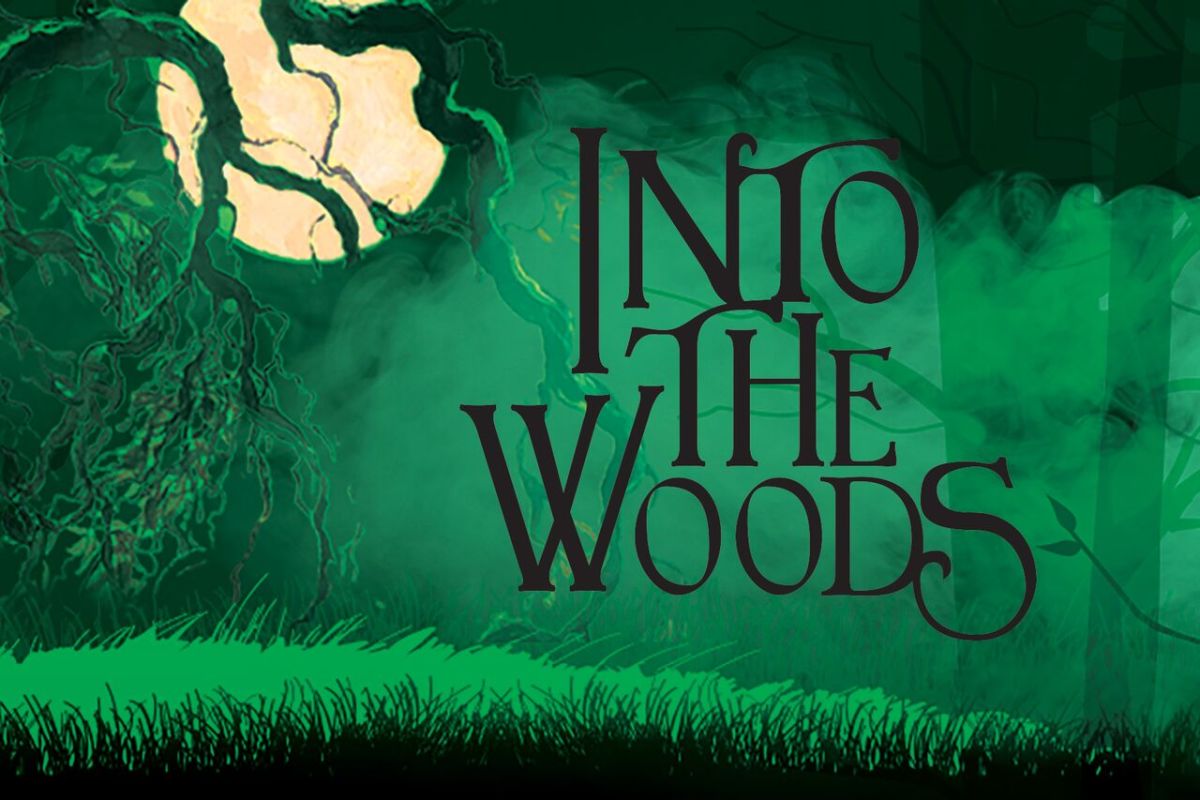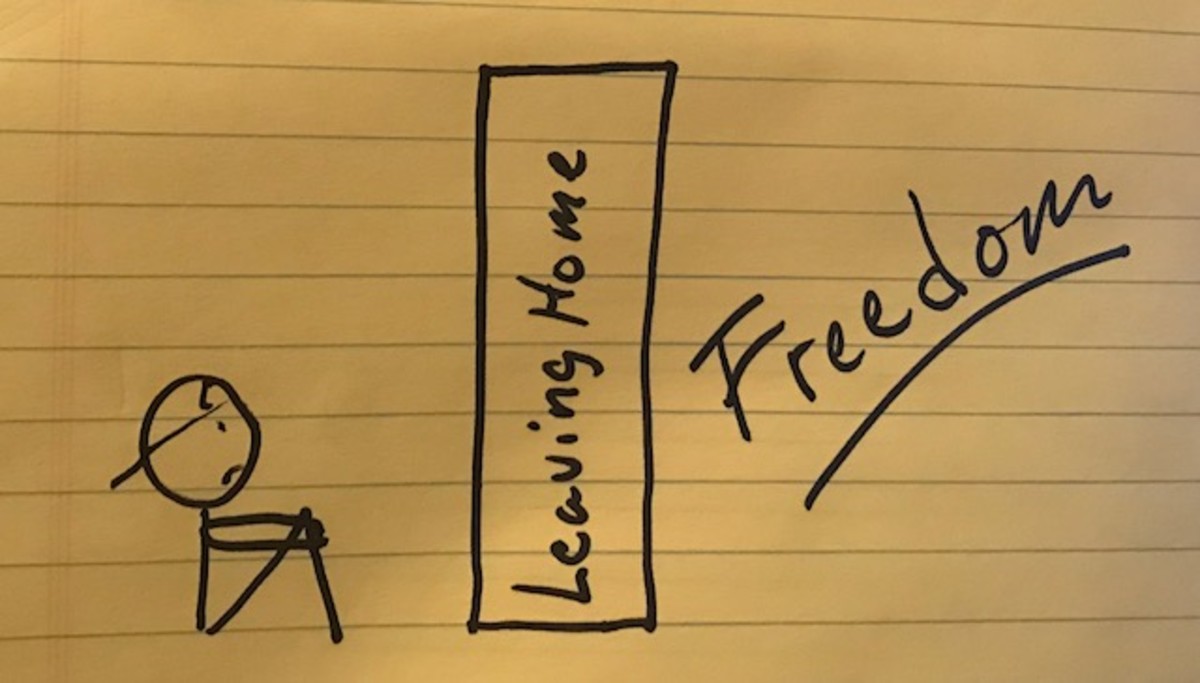- HubPages»
- Family and Parenting»
- Parenting Skills, Styles & Advice»
- Parenting Advice & Tips
How To Handle The Tattletale And The Tattling
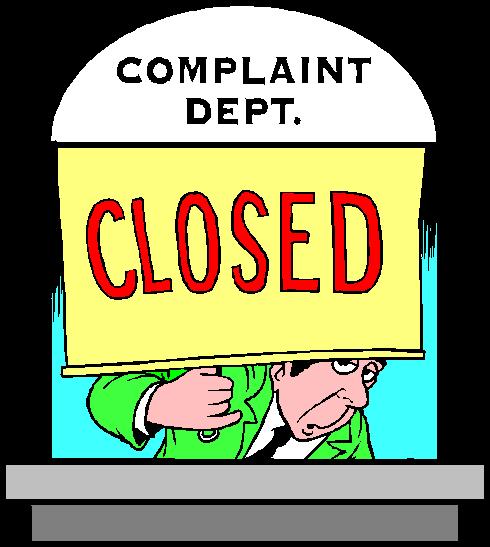
Tattle Tales
It is important to teach your children the difference between a tattle tale and a legitimate complaint or vital information!
I recently read Kate Gosselin's blog wherein she was asking for help with her children's tattling. What led me to her blog was not her "celebrity" it was the words help and tattle tale that led me to it. Kate's children’s “tattling” was driving her up that wall that many parents have scaled before her. The question that came to mind was, "What is behind tattle tale behaviour?" This question caused me to look back over the years spent raising my children and how I’d handled “tattling”. At first I couldn’t find a time when they had gone through that “phase” but then I spotted that they had and it was a very shorted lived ‘phase’ in our household. Personally I don’t mind been chauffeured about and as a result I have been driven all sorts of wonderful and interesting places. I have my favourites and being driven “up the wall” is most definitely not on the list.
I did not use Kate’s method of responding with, ”I’m not the complaint department” nor would I chose to do nothing as she has opted to do in instructing her children to “go work it out”. What I did do was find myself some effective tools to keep in my “parenting tool kit”, apply them to the appropriate task and teach my children how to use the tools. It worked for me and it sure beat getting out the hammer or driving up walls!
From here you are welcome to read on or scroll down for some extremely effective means of handling your little tattle tale before you join the ranks of wall climbers!
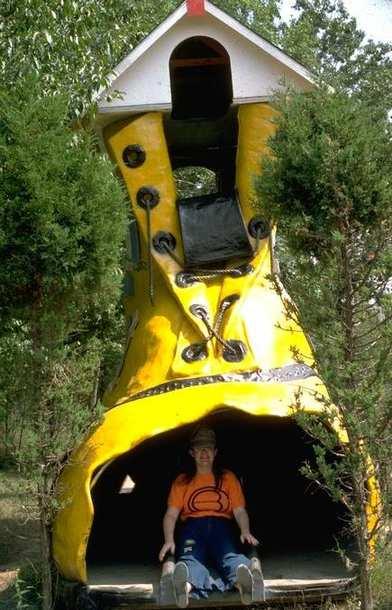
When my sister was little she was a master tattler. At that time my grandmother lived with us and her way of handling the “tales” was to sing a little ditty….”Tattle-tale-tit, thy tongue shall be split, and every person in the world shall have a little bit!” This handled it to a degree but left a very bitter taste in my younger sister’s mouth, split tongue and all, as my brother and I took up the chant and tormented her with it. I did not visit this ditty on my own children. I found methods that were far more effective and did not damage their blossoming self esteems.
Tattling, like any other behavior or skill, takes root through repetitive action. To become a master pianist for example one has to practice, practice, and practice some more. The same holds true for anything one wants to become proficient at. However, where master pianists contribute a great deal to life and the enjoyment of it, tattlers take away from life and downgrade the environment.
In order to handle something you have to have a clear understanding of exactly what that something is – define it.
Tattle as a verb is to tell tales or secrets; to talk wildly
or foolishly, gossip. Well, I am not
Kate Gosselin but from the outside peeking in I would say that Kate already has
enough gossip in her life to not only drive her up the wall but clear around
the bend as well. It is understandable
that it is even more painful for her to have it going on in the sanctity of her
own home. All the more reason for her to find effective tools and "nip it in the bud" before it becomes habitual behaviour. I have read that some experts claim that it is a phase and that children "grow out of it". If that is true it does not explain how many of us carry that behaviour through to adulthood. It is not because we have learned not to gossip or tattle it is only that we are more sophisticated than children and have become covert in our meting out of tales. Children just haven't learned how to disguise it or "cover their tracks and therefore are overt in going about their telling upon.

There are those among us that never grow out of that phase and there are those amoung us that are at the constant effect of tattling. When my youngest was in Grade Two she came home from school one day and started to tell me about how much she liked “Deedee”. “Who is Deedee”, I asked. “You know, she is the tell-on-person at school.” Ah, yes, I did know Deedee, she was one of the parents who supervised the playground at recess and lunch. I felt very relieved that I was not Deedee. So how do you go about ensuring that tattling does not get a toehold let alone grow roots that can well remain in a child’s life?
First of all, one of my fears about handling the tattling beast was that I would cut my childrens' communication with me in discouraging them to come forward when someone or something was bothering them so I told my children the kind of tattling I wanted to hear – that is anything or anyone that is putting you or another or our home in danger. If so and so is playing with matches, I want to hear about it! If someone is threatening physical harm, I want to hear about it! I drew very clear parameters as to what I considered to be ‘vital information’.
Important Tip
With the each of the methods below it is very important that you approach them and apply them in a "spirit of play" with a positive mood level. It does not mean you are not serious, it simply means to walk softly and put down the stick. If you use them as punishment or in anger and frustration you will not get the results that you want. Upsets make life worse and so if you apply these methods when you have allowed yourself to become angry or frustrated your children will resist carrying out the exercises. Rather than upgrading your environment you will only serve to downgrade it even further. Use these methods right away, not after you've been tattled to for the umpteenth time and you are now at your wits end. Never use them to make your child or children wrong!

How To Grab A Tattle By The Tale
I handled the rest of it through one or more of the following means:
I responded to their “tattling” with the question, “Have you ever done that?”
Example: Johnny is calling me bad names. “Have you ever done that?”
End of tattle, stopped in its tattling tracks.
This is an effective means for because the complainant has gone at the effect of Johnny – gone victim to Johnny’s behavior. When you ask the question “Have you ever done that?” it causes the “victim” to look and when they look they will see that they too have played the Johnny role. This puts them at cause over rather than effect of.
This simple question serves them well for the rest of their lives. Before you start complaining, whining, or gossiping or carrying on about another’s this, that and the other thing stop and ask yourself, “Have I ever done that?” It even works if you catch yourself midstream.

Another method I employed when two children were not getting along is to pull two kitchen chairs out from under the table, set them in the middle of the kitchen floor facing each other a comfortable distance apart. I would then have one child sit on one chair and the second child on the other chair. I then told them that I was going to set the timer on the microwave for X number of minutes; they were to sit facing each other until the timer went off; as soon as it went off they were free to go. As I set the timer I would say, “Start”. I never set the timer for more than five minutes. The result was that the two children would generally dissolve into giggles. Sometimes their frowns and sour looks simply turned into smiles and their little faces would soften. This I did when there was an upset between my own children or between one of my children and a friend they had over to play or between children other than my own who had a falling out with one of the other playmates. More often than not, after the timer went off, the two parties would remain in the chairs chatting away, friends again.
One time, when I walked into my kitchen I found my youngest daughter and her best friend sitting in chairs across from each other with the timer on. “We were fighting”, my daughter explained.
To handle tales that resulted from a difference of opinion I would again bring my kitchen furniture in to play. Sitting one child on one side of the table with the other sitting opposite them I would place an object, such as my purse, in the centre of the table. I would then tell the children to take turns describing to each other what they saw. Their little light bulbs went on as they recognized that neither of them was “wrong” it was a simple matter of discovering that what they or another perceives is dependent upon where they are viewing it from. They would then voluntarily start to share their viewpoints on the object of their upset.
Someday He Is Going To Have To Learn How To Deal With People
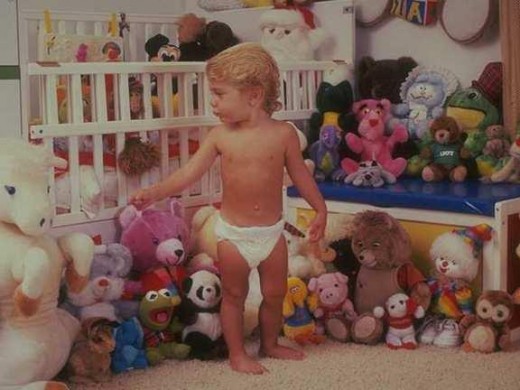
I used the above methods only for a short time. Not because I gave up and not because they
didn’t work but because the applying of these methods was so effective I
simply did not have occasion to use these tools again. I knew it was time for me to stop applying
them when my children no longer displayed the unwanted behaviours. The benefits, aside from the obvious peace on the home front that resulted was that when they did have an issue or a complaint it was a legitimate one. As they did not build a reputation of being "tattle tales" they had credibility. When they brought something forward at home or at school they were listened to and they were heard! When they backed a friend up on an issue or a complaint they were considered to be a reliable source. They learned to respond rather than react.
- Personal Goals - Value and Importance
Hi, my name is Joe and I work in a button factory. I have a wife and two kids. One day my boss came up to me and he said, Hey Joe, push this button with your right hand. So I did. Hi, my name is... - Lessons From A Lavender Angel
I remember the first time I was ever left alone with the responsibility of looking after my younger siblings. Mum announced that she and dad were going out and that I was going to babysit while they were... - How To Ask Your Child A Question
I was out in my backyard with my dogs this afternoon when I heard a neighbour yelling at her son, "What the hell is wrong with you?" Triggered some memories, it did. My mother used to ask that question...
Read On - Help Is On The Way!


